 [Image: Posters for Grand Illusion, currently out of print from the Criterion Collection].
[Image: Posters for Grand Illusion, currently out of print from the Criterion Collection].For the first film in Breaking Out and Breaking In a distributed film fest—where you watch the films at home and return here to discuss them online—co-sponsored by BLDGBLOG, Filmmaker Magazine, and Studio-X NYC, we watched Jean Renoir's Grand Illusion (1937), recently described as one of the 100 best films of world cinema (Seven Samurai, if you're curious, was #1).
I will limit myself to discussing Grand Illusion solely from the perspective of this film fest of prison breaks and bank heists (which will be true for all the films discussed in this series). In other words, I'll focus specifically on the topology of escape—on holes, tunnels, walls, and borders. And I should note: there are spoilers ahead.

 [Images: From Grand Illusion, courtesy of the Criterion Collection].
[Images: From Grand Illusion, courtesy of the Criterion Collection].The first attempted escape of the film is through the earth: tunneling from beneath the barracks of a German prison camp with the intention of popping up beyond the outer buildings, in a garden.
Removing the floorboards and hacking through exceptionally soft soil, the prisoners rig an alarm system and fashion a tentacular speaking-tube to make sure they all know if the person on digging duty has passed out in the carbon dioxide-rich microclimate being created by their tunneling activity. In fact, the speaking-tube—like an old-fashioned game of telephone—initially appears to be a breathing apparatus of some sort, as if they are, in fact, snorkeling through the earth.
 [Image: From Grand Illusion, courtesy of the Criterion Collection].
[Image: From Grand Illusion, courtesy of the Criterion Collection].Perhaps unsurprisingly, the digger—an irritatingly effusive French cabaret singer—loses consciousness, his candle goes out, and he must be hauled backward out of the mud by rope.
 [Image: From Grand Illusion, courtesy of the Criterion Collection].
[Image: From Grand Illusion, courtesy of the Criterion Collection].There are at least two particularly interesting things about this tunnel.
1) The diggers engage in an illicit earth-moving operation by filling their clothes with the resulting dirt, and then dumping the dirt into the garden. They're thus generating their own little artificial topography out in the prison yard as they scoop out the earth beneath their barracks house. The negative space of the tunnel becomes this new terrain of dirt piles and rows, which are thus symptoms of this literally underground activity.
 [Image: From Grand Illusion, courtesy of the Criterion Collection].
[Image: From Grand Illusion, courtesy of the Criterion Collection].2) More interestingly, the tunnel is soon abandoned: all of the prisoners are moved to new camps, the barracks are emptied, the tunnel still covered by floorboards, and a last-ditch attempt to let the incoming prisoners know that there is a half-completed escape tunnel beneath their bedroom fails. A train pulls away, splitting up the prisoners and bringing them to new camps; all the while, a remnant escape route, unfinished and unknown, lies waiting to be rediscovered.
Immediately before their departure, however, there is a brief exchange between two of the film's protagonists. Looking out at the clockwork machinations of the German guards, who march in synchrony across the prison courtyard, the imprisoned Captain de Boeldieu quips: "For me it's simple. A golf course is for golf. A tennis court for tennis. A prison camp is for escaping."


 [Images: From Grand Illusion, courtesy of the Criterion Collection].
[Images: From Grand Illusion, courtesy of the Criterion Collection].While this is by no means a remarkable piece of dialogue in and of itself, it suggests that, internal to and implied by the diagram of the camp, there is a goal or proper use, but one that runs against the grain of the space's stated intentions. The camp is a landscape that necessitates its own peculiar misuse; escape is just the sport that actualizes this. Put another way, the design of the camp rigorously implies its own escape routes.
Further to this point, however, and as evidenced by the casual manner with which our sporting gentlemen pack up their rackets and coats and abandon their incomplete tunnel, their behavior is motivated more by following unspoken rules (of war, of the camp, of sporting etiquette) than, in a sense, by trying to win.
In any case, from this point in the film it's onward, out and further, through a series of other camps—shown solely in montage—before the displaced captives arrive at an imposing mountaintop fortress—filmed at the Châteaux du Haut-Koenigsbourg— run by the wounded Von Rauffenstein (who, to my mind, looks remarkably like Darth Vader without a helmet, as seen in Return of the Jedi).
Von Rauffenstein takes his new forced guests on a fortifications tour, walking around the castle's walls. "Nice castle," one of them remarks, as another methodically recites the centuries of original construction. "12th century," he mutters. "13th century."
 [Image: From Grand Illusion, courtesy of the Criterion Collection].
[Image: From Grand Illusion, courtesy of the Criterion Collection].But all along they are looking for blindspots, low points, and ways over the wall.
 [Image: From Grand Illusion, courtesy of the Criterion Collection].
[Image: From Grand Illusion, courtesy of the Criterion Collection].The eventual—and final—method of escape is by way of diversion, using small flutes and makeshift drums to distract the castle guards as two prisoners make an improbable break for it down a handmade rope out of a tower. And, after a brief stop by a house in the Alps where a spot of romance pops up, they find their ultimate freedom in a moment that is absurd for all it reveals about the notion of political jurisdiction.
Running in plain view of German soldiers, who have finally caught up to them, our remaining two heroes have nothing to worry about: they have crossed an invisible line in the snow, making a mockery of all their tunnels and secret ropes, as they walk up a hill in neutral Switzerland.

 [Images: From Grand Illusion, courtesy of the Criterion Collection].
[Images: From Grand Illusion, courtesy of the Criterion Collection].Clearly, outside the specific context of Breaking Out and Breaking In, there is much more to discuss, including the film's actual central theme, which is not escape but class divisions.
Hopefully, though, this will serve as a quick intro to the film's many specifically spatial propositions. If you had a chance to watch Grand Illusion last week, by all means let us all know what you think—and stay tuned in the next day or two for a post about Robert Bresson's A Man Escaped.
(Note: Friday, February 3, brings The Great Escape).



 That aside, one of the ways to turn a house into a home is through personalization; In this case, the use of a metal work artist to turn functional bars into pieces of art, giving the house an artful character. This isn't something you see everyday and the homeowner obviously put a lot of thought and expense into this detail.
That aside, one of the ways to turn a house into a home is through personalization; In this case, the use of a metal work artist to turn functional bars into pieces of art, giving the house an artful character. This isn't something you see everyday and the homeowner obviously put a lot of thought and expense into this detail.  Located in the garden is this lovely old concrete bench covered in lichens -another artful addition. What have you done with your own house to make it your home?
Located in the garden is this lovely old concrete bench covered in lichens -another artful addition. What have you done with your own house to make it your home?





 One of my favorite items up for grabs is this Grand Tour Style Candlestick -you'll have to beat me to it! Sales start January 31 at 9pm EST/6pm PST.
One of my favorite items up for grabs is this Grand Tour Style Candlestick -you'll have to beat me to it! Sales start January 31 at 9pm EST/6pm PST.

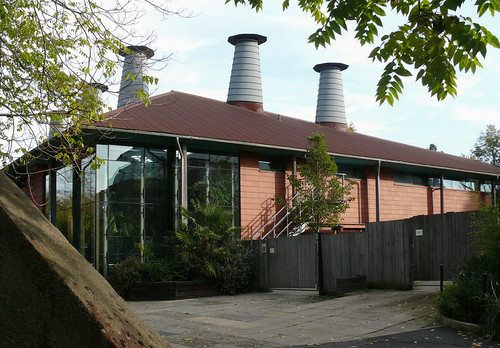





 [Image: Breaking Out and Breaking In poster by
[Image: Breaking Out and Breaking In poster by  [Image: Breaking Out and Breaking In poster by
[Image: Breaking Out and Breaking In poster by 

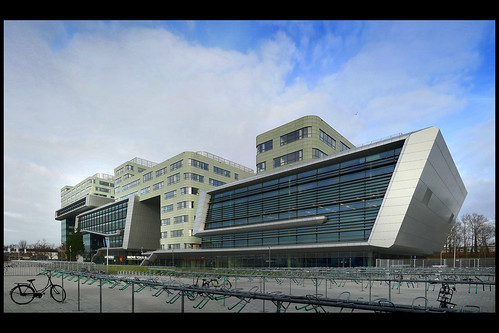
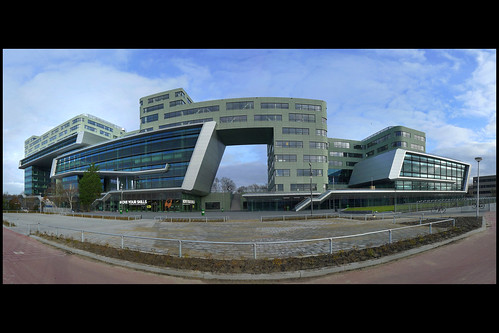
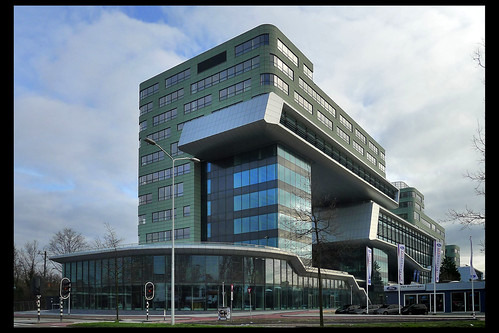






 [Image: The expansion of Manhattan island, via
[Image: The expansion of Manhattan island, via 
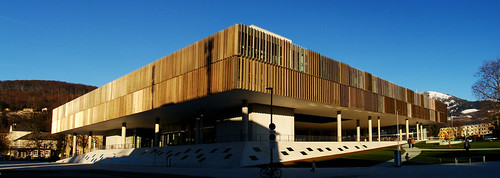
B.U.G.S (Biodiversity Underpinning Global Survival), London Zoo's house for "creepy-crawlies" by Phil Wharmby and Mike Cozens, 1999.
To contribute your Flickr images for consideration, just: